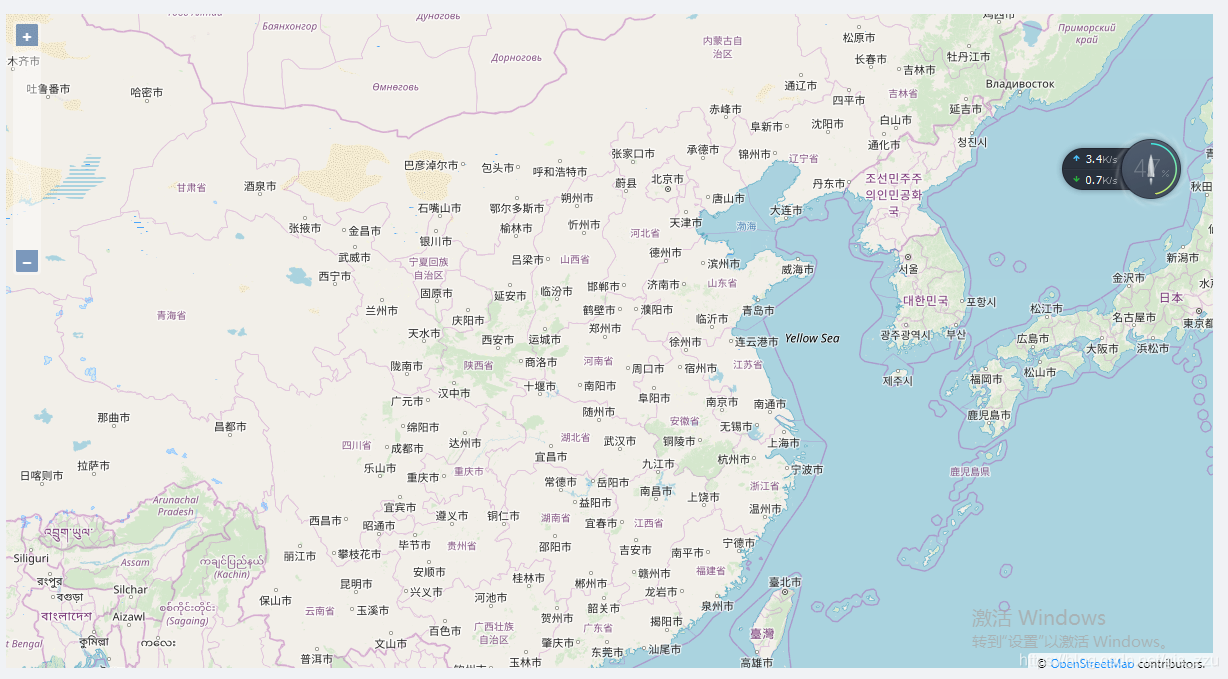1.建立组件文件
在component/map/map.js 文件,创建一个react有状态组件
// import ol from "./ol.css"
// react 组件
import React, { Component } from 'react';
// openlayers 函数
import Map from 'ol/Map';
import View from 'ol/View';
import TileLayer from 'ol/layer/Tile';
import OSM from 'ol/source/OSM';
import { fromLonLat } from 'ol/proj.js';
import {defaults as defaultControls, ZoomToExtent} from 'ol/control.js'
class MapComponent extends Component {
constructor(props) {
super(props);
this.state = {
map:{}
}
}
// 2.dom渲染成功后进行map对象的创建
componentDidMount() {
let { center } = this.props;
if (!center) {
center = {
lon: 113.8,
lat: 34.6,
};
}
this.map = new Map({
view: new View({
center: fromLonLat([center.lon, center.lat]), //将WGS8坐标转化为web墨卡托坐标
zoom: 5,
}),
layers: [
new TileLayer({
source: new OSM(), //加载OSM数据
}),
],
target: 'map', //绑定地图容器
});
// 传值给父组件
// if(this.props.getMap){
// this.props.getMap("map对象")
// }
}
render() {
// 1.创建地图容器
return (
<div style={{ height: '100%' }}>
<div id="map" className="map" style={{ height: '100%' }} />
</div>
);
}
}
export default MapComponent;
2在需要显示地图页面中加载子组件
(1)引入地图组件
import Map from '../../component/map/map';
(2)初始化子组件
import React, { Component } from 'react';
// 引入子组件
import Map from '../../component/map/map';
class Main extends Component {
// 2.dom渲染成功后进行map对象的创建
componentDidMount() {
}
render() {
// 1.创建地图容器
return <Map center={{lon:113.8,lat:34.6}}></Map>;
}
}
export default Main;
(3)效果如下









 博客介绍了在信息技术领域中,使用React创建组件及在地图页面加载组件的方法。首先在指定文件创建有状态组件,接着在地图页面引入该组件并初始化,最后展示了效果。
博客介绍了在信息技术领域中,使用React创建组件及在地图页面加载组件的方法。首先在指定文件创建有状态组件,接着在地图页面引入该组件并初始化,最后展示了效果。
















 1230
1230

 被折叠的 条评论
为什么被折叠?
被折叠的 条评论
为什么被折叠?








